Roof leaks can happen at any time, but they are more likely following a mighty downpour. Roofs leak for various reasons, including bent, cracked, and misplaced shingles; missing screws in the shingles; flashing damage around vents and chimneys, and leaking from damaged or missing nails. Even a minor leak might cause extensive damage if left unchecked. When leaks occur, homeowners should look for methods to stop them and keep water from coming into the home while also maintaining an agreeable indoor environment. I often get a question, 'Does tar stop roof leaks?'
Roofing tar is a popular roof repair and sealant for leaky roofs. It's a cheap and fast way to fix a leaking roof. Many roofers and do-it-yourselfers use it as a patch material and sealant on several types of ceilings to stop leaks. Roofing tar is a type of sealant that can be used to repair minor leaks or fill up any holes, gaps, fissures, and crevices around the flashing. Replacement shingles are the finest option for significant leaks caused by missing ones.
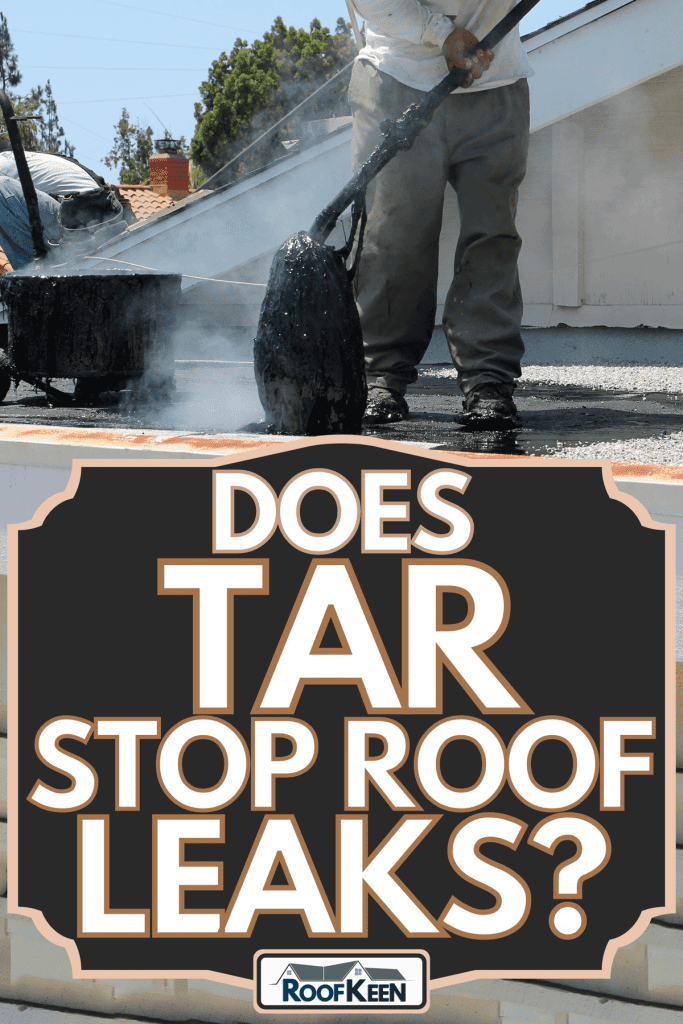
What exactly is roofing tar and does tar stop roof leaks?
Roofing tar is a black, thick, gooey, and sticky waterproof substance used for various roofing purposes, including leak repair. Water-resistance is provided by coal tar and other petrochemical by-products to the roof. Roofing tar is a waterproof sealant that can be used on residential and commercial roofs for filling holes and cracks as well as around various roof protrusions.
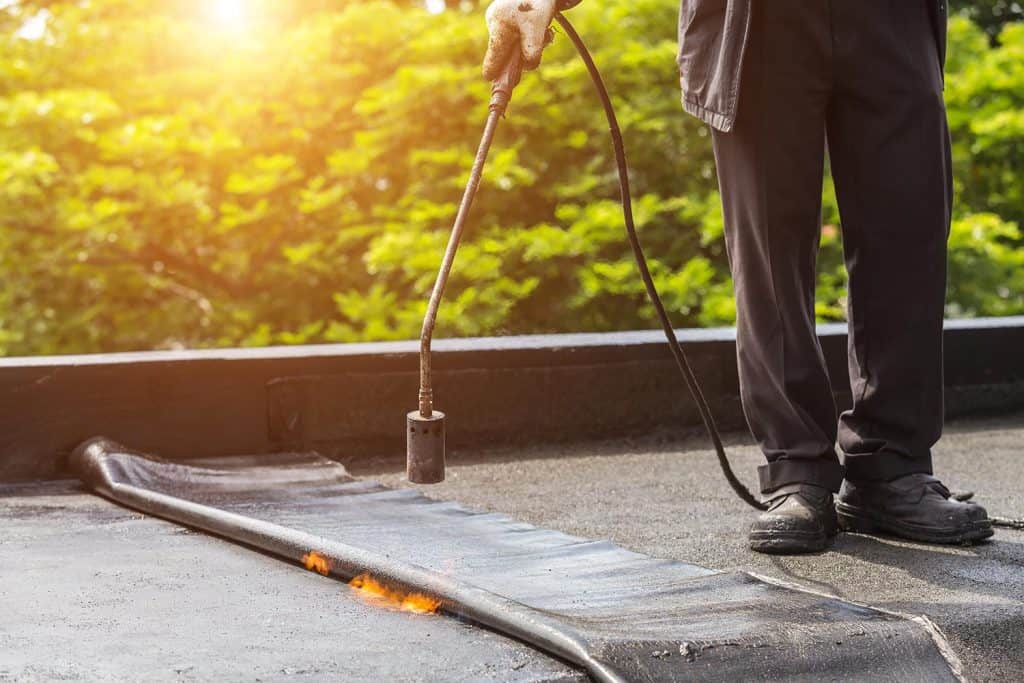
Roof Repairs with Tar
If you climb up on your roof to find the source of the leak and one of a few things:
- There may be a caulk around your flashing that has failed.
- Lead of the chimney that is missing or rusted
- Shingles that are missing, cracked, or damaged can all be signs of a roof problem.
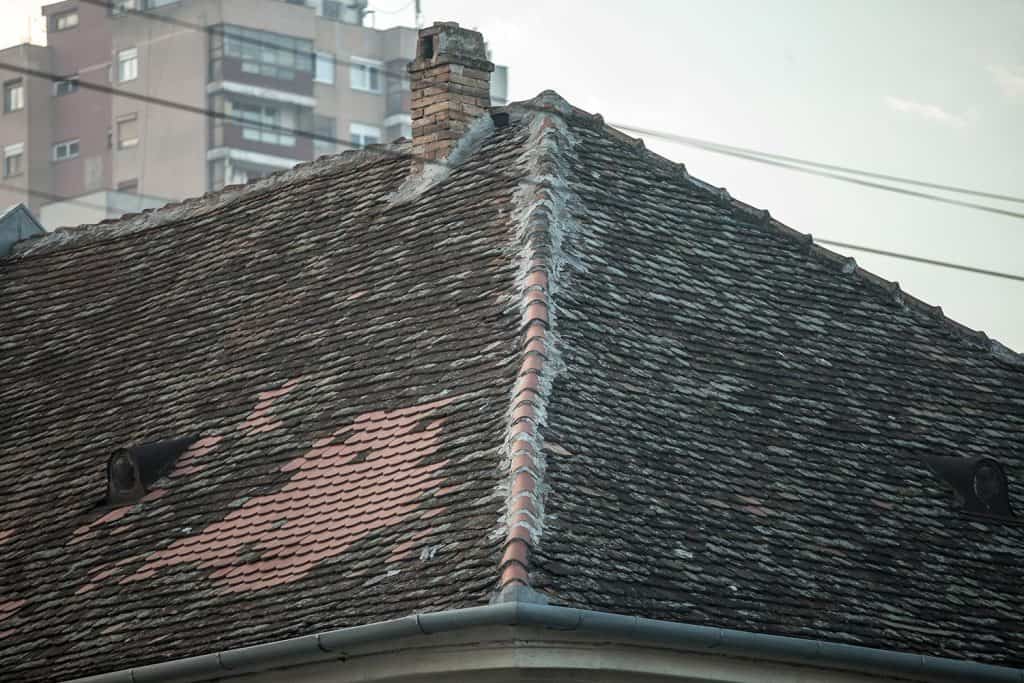
You could be tempted to "patch" these problematic regions with tar. After all, if the rest of the roof appears to be in good condition, you may believe that tarping the roof saves money.
Unfortunately, you're merely covering an open wound with a bandage. While bandages might be handy, they are only temporary. The tar on your roof will begin to dry and fracture over a relatively short period. The condition of your roof will now deteriorate at the same rate as your original leak, and you'll have an additional concern on top of that.
You used to be able to replace a missing or broken shingle or piece of chimney lead simply before, but now you have a mess of dried, crumbling tar on your roof. The only way you'll be able to make a long-lasting repair that doesn't let the rain back in within months or years is to remove this tar. Unfortunately, removing this tar without harming or removing the surrounding shingles or flashing may be difficult. So, instead of a little repair, you've got a much more expensive and invasive fix on your hands. Not to mention the fact that rather than having only the first water – and water damage – from the original leak, you now have extra moisture and potential water damage in your house as a result of the second one.
Another disadvantage of this quick fix is that you may not address the entire problem. While you may have only one incident causing a damaged or missing shingle, it might also indicate that your roof has other harmed or weakened locations elsewhere on it. It may be tempting to just slap some tar on it and call it good, but this might leave other susceptible regions exposed to the elements.
How to Repair Roof Leaks Using Tar
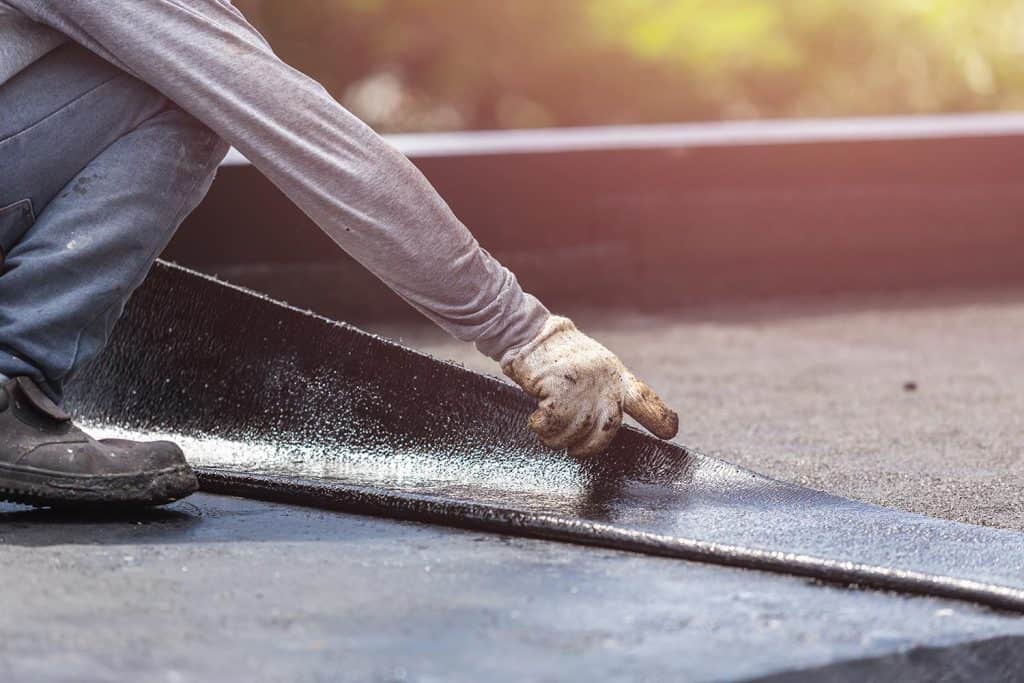
It is critical to discover the source of a leak before attempting to fix it. Locate the source of any leaks on the roof to determine if there are a few or several. Examine the ceilings, walls, and other locations in your attic to discover where the water is seeping in. If there's a leak near the flashing, it'll need to be fixed using roofing tar.
Remove any debris from the area of application to avoid tarring over debris. To form a good seal, it's critical to have a clean surface.
Once you've located the source of the leak, spread roofing tar manually or brush it to repair gaps and other problems in the flashing region. Roofing tar is suitable for use on any surface where spray-on sealants may be used. Roofing tar is more challenging to use and clean up than spray sealants. It's not simple to remove if it comes into touch with the clothing, and you'll have to trash the equipment used for application as well.
Roofing tar is a cost-effective, UV-resistant, and readily obtainable material with an advantage over other materials. During rain and snow, it's not a good idea to use roofing tar.
Roofing Tar: Pros and Cons
Roofing with tar is a perfect choice for a flat roof since it is highly resistant to the sun's UV radiation. Roofing tar will also keep your roof from wind, snow, and water accumulation on a flat roof, protecting it from harm.
However, tar is a polluting substance that must be disposed of. It can generate noxious emissions when applied and after its curing period. Contractors and other roofers should always use face protection when applying tar on the roof. When the residents are away, contractors may consider installing tar on the roof.
It's not difficult to learn how to use roofing tar, but homeowners should consider hiring a professional for this dirty job.
Things You Need to Know About Roof Repairing
Roof repairs that are done the first time correctly may save you a lot of time, money, and aggravation in the long run. Consider making your own temporary roof repair by tacking a tarp over the top or cutting up some sheet metal into shingles and using them to patch the roof; if you're concerned about the expense of replacing it, consider making a temporary repair by tacking a tarp over the roof, or cutting up some sheet metal into shingles and using them to patch the roof.
Asphalt shingles, for example, are one of the most popular roofing materials. They're less expensive to install than other types of shingles but still offer high durability and weather resistance. These low-cost methods may help you get by until you can have the essential roof repairs done.
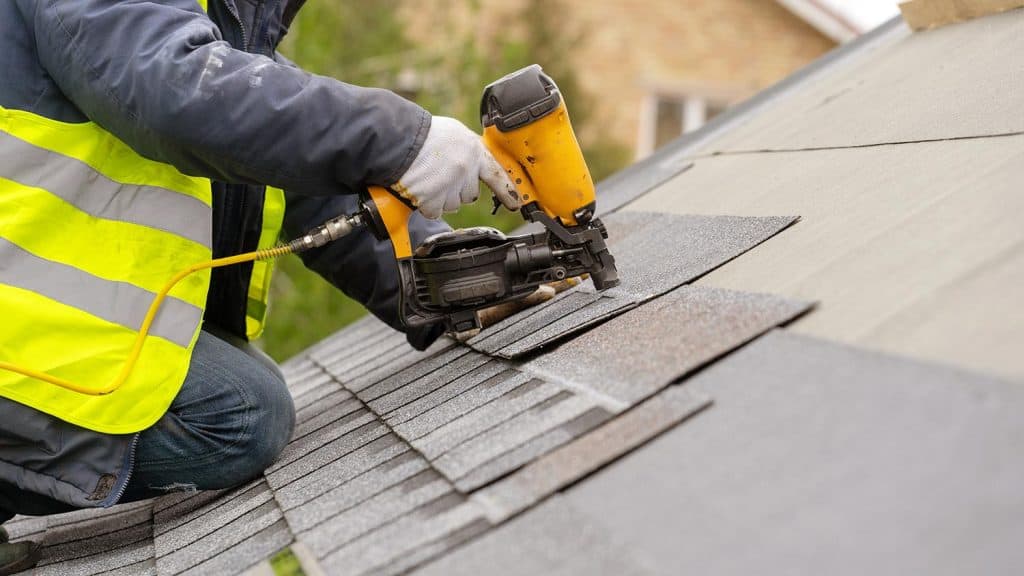
Don't go for the quick fix of tarping your roof; handle your roof repairs correctly every time and safeguard your house for the long run by never settling.
